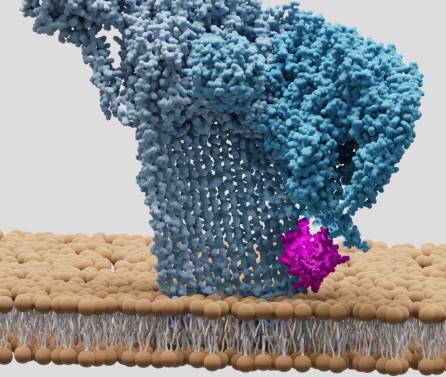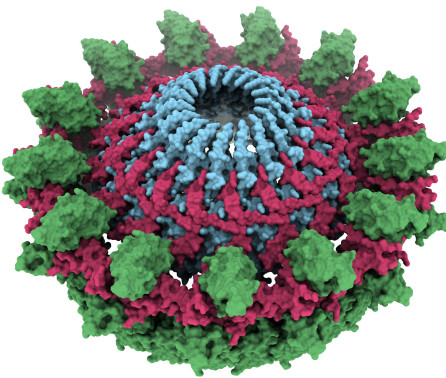BibTex format
@article{Serna:2016:10.1038/ncomms10587,
author = {Serna, Gil M and Bubeck, D and Giles, JL and Morgan, BP},
doi = {10.1038/ncomms10587},
journal = {Nature Communications},
pages = {1--7},
title = {Structural basis of complement membrane attack complex formation},
url = {http://dx.doi.org/10.1038/ncomms10587},
volume = {7},
year = {2016}
}

